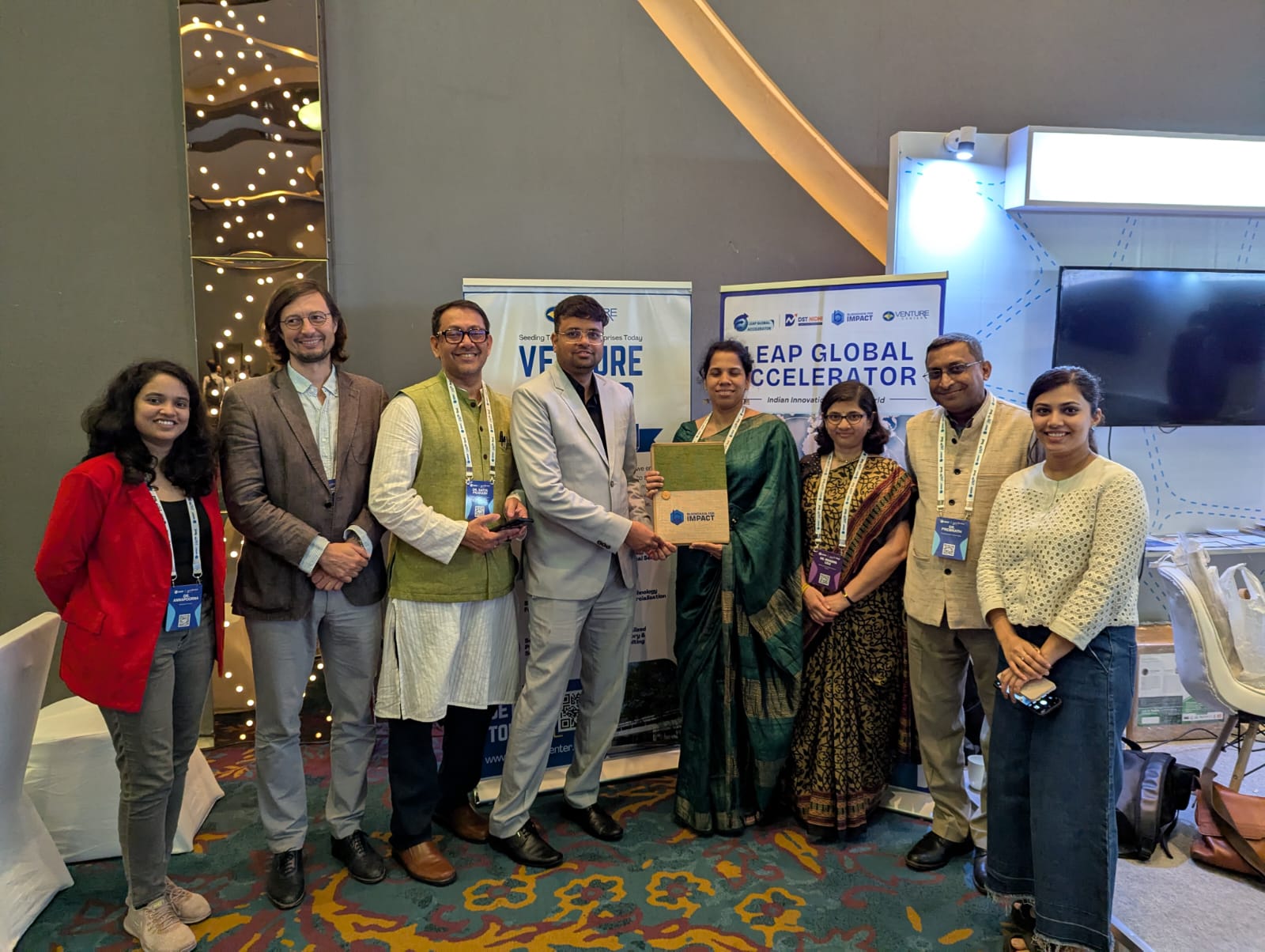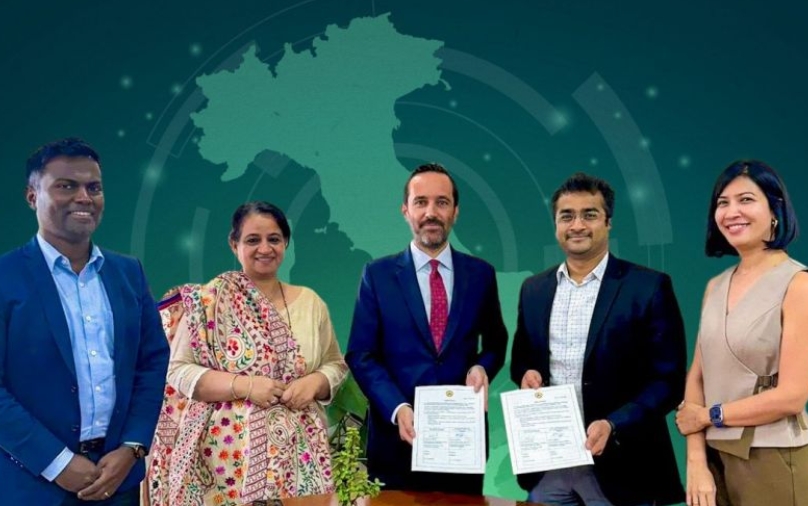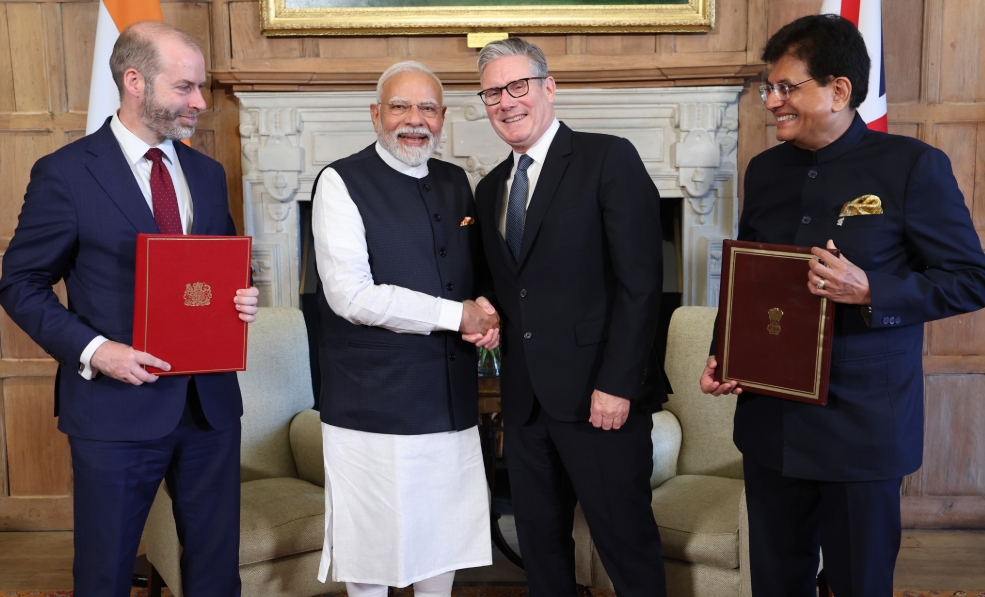Need to balance revenue generation, financial incentives
November 14, 2011 | Monday | News
|
Mr Kanikaram Satyanarayana, head, intellectual property rights unit, Indian Council of Medical Research
|
Mr Kanikaram Satyanarayana heads the intellectual property rights unit at the Indian Council of Medical Research. For over 20 years, he has worked extensively in the areas of science and technology evaluation and science policy issues. He was instrumental in the formulation of Indian national policies in these areas
|
The proposed intellectual property (IP) Bill makes it mandatory for recipients of grants for a time-bound disclosure for new generated knowledge and more importantly take active steps to protect the new IP. The act was introduced with several objectives, such as ensuring that benefits of public funded research reach the public in the form of new products and processes; create an environment in which universities are able to create wealth; and strengthen academia-industry partnerships.
The introduction of the IP Bill now also typifies the confused mind-set of most developing countries of whether to adopt or adapt to the western models of IP protection regimes for development. Both the supporters and the opponents of the Bill, in our view, have not looked at the issue entirely.
The Bayh-Dole Act was created in the 1908s to address concern of utilization of government-owned patents, spur patenting in universities, enthuse federal bodies to patent and generally ignite a culture of IP-led growth. The intent of the new law was to have a single and uniform national policy, designed to cut down bureaucracy and encourage private industry to utilize government-
financed inventions through the commitment of risk capital. This is necessary to develop such inventions to the point of commercial application. The present situation in India is not similar to what the US was witnessing in the 1980s. The US had IP polices, successful innovation models and academia-industry partnerships.
The compulsion of federally funded researchers to identify and protect new inventions would surely spur efforts for commercialization of the IP that is created. Most researchers in India are currently publishing papers in journals as the process of patenting could be cumbersome for an active researcher, especially if there are no qualified, competent and experienced technology transfer professionals to handle this work. There is a critical shortage of technology managers in India. We only have patent attorneys who do not understand the nuances of technology, its up-scaling and commercialization.
IP awareness in India
The IP status is not very healthy in India, as is evident from the number of patents filed by Indian researchers. Perhaps, there is not enough recognition for researchers who create innovative patentable knowledge as compared to those who publish papers in high impact journals. The IP Bill could, however, spur the patenting efforts amongst scientists. We do not think many universities have guidelines for technology transfer and patenting. Our experience with university researchers has not been very encouraging as many of them have inherent problems in both patenting and commercialization since the process entails signing of several techno-legal documents. It is very tough to get university administrators to sign the deeds as they do not understand the legal aspects and therefore are extremely reluctant to sign agreements.
The IP Bill could make Indian universities become more innovative through creation of new IP as there is enough evidence to show that innovation is the principal driving force for long-term economic growth and increased standards of living of modern industrial societies. Indian universities are not exactly creative and if the Bill could help the system to be more innovative, it should be welcomed.
However, there is misapprehension that patenting means technology generation, new products and creation of wealth. Moreover, the IP Bill is being seen as the panacea for the Indian universities to become innovative, and create wealth for themselves and the country. We contribute to less than one percent of global patents and the contribution of Indian universities is a mere fraction of this output. The Bill will only help protect the innovative knowledge, not the creation of wealth. Around one percent of the patents that are filed will become money spinners. The other myth is that the IP Bill will make the universities rich. Data from the past three decades show that most of the US universities hardly make money from royalties. The net revenues from technology licensing (1998 to 2002) were also low, with many university technology transfer offices in the US barely managing to survive.
Patenting costs are a concern
Patent filing, maintaining and exploitation is expensive and there is still some time before the universities start making money, much less taking care of the costs and make profits.
The Bill needs to bring a balance between excessive focus on revenue generation and financial incentives for the universities, which could detract them from their broad social and humanitarian contributions. Also, given their current level of innovation, it is still early to expect the Indian universities to be engines for technological growth. The overall contribution of India to the global pool of medical literature and patents is about two percent. The level of public funding for biomedical research in India is an estimated $300 million when compared with $28 billion by the National Institute of Health (NIH), US. As much as 80 percent of the NIH budget is spent on extramural research as compared to just about 30 percent in India.
(The views expressed in this article are the author's personal views.)








